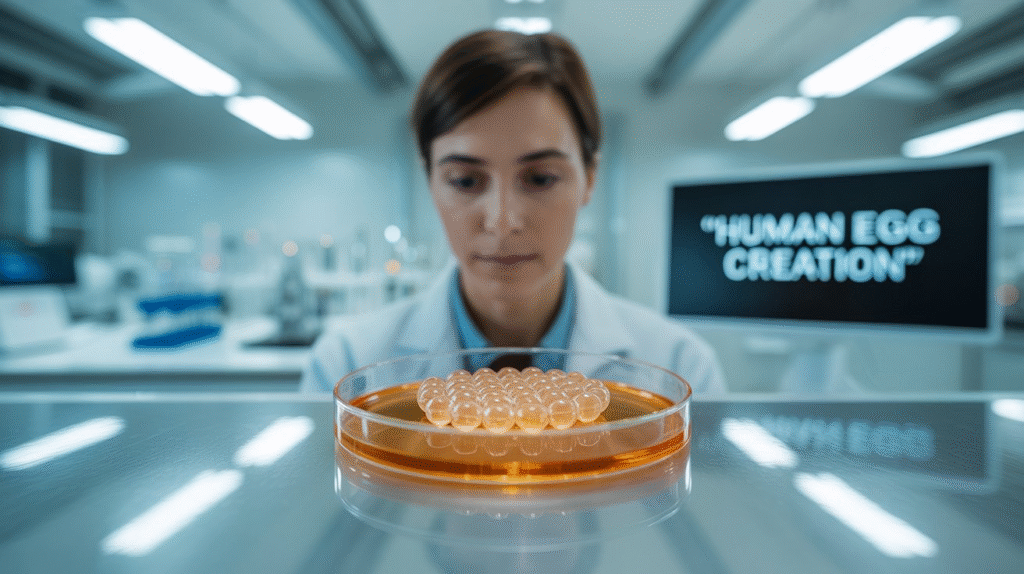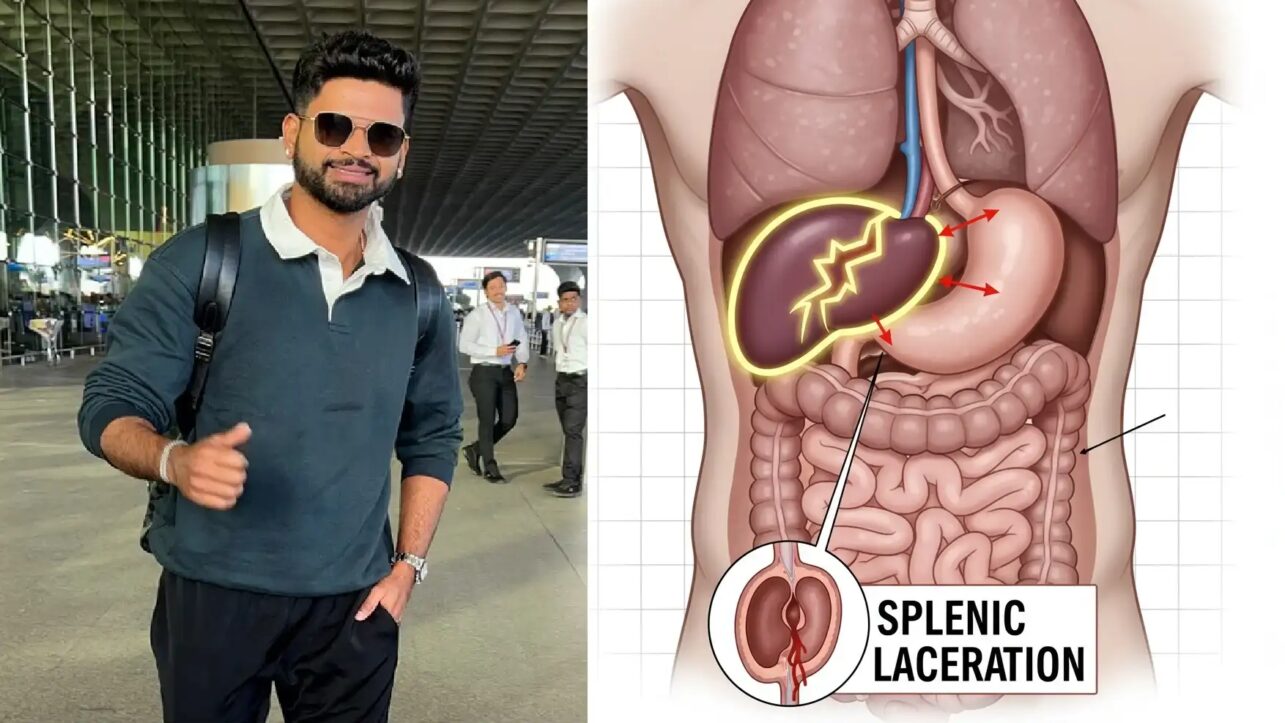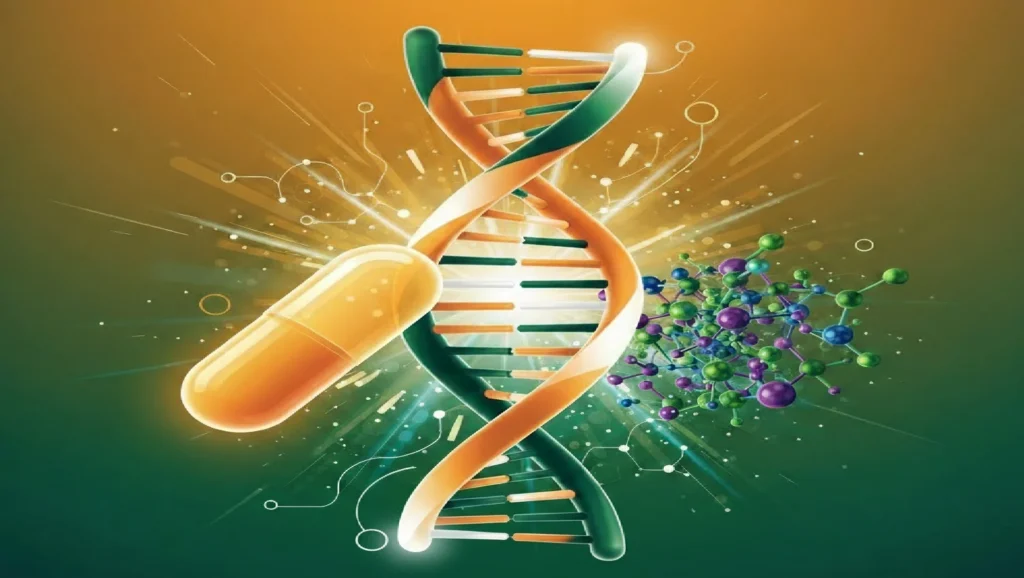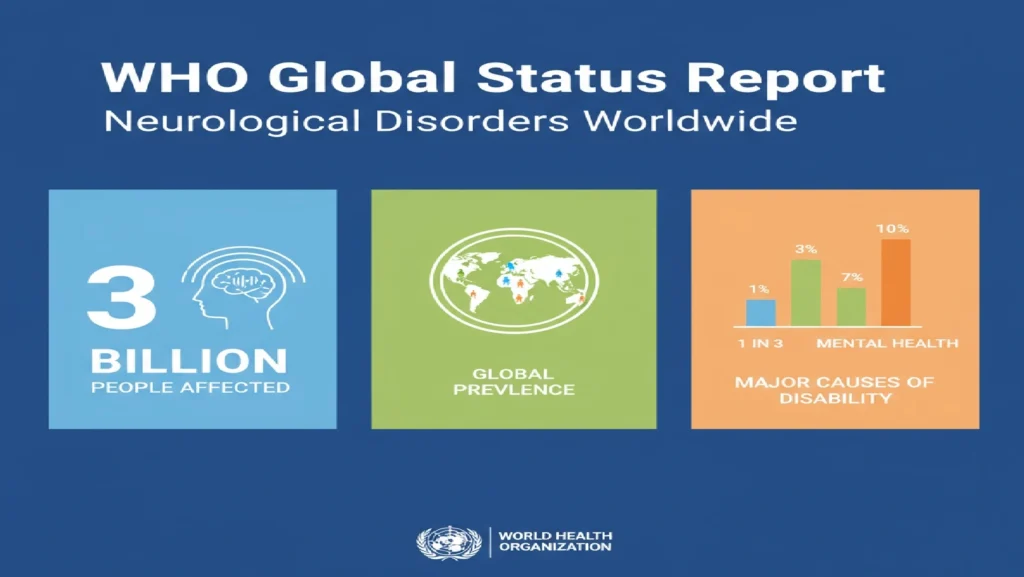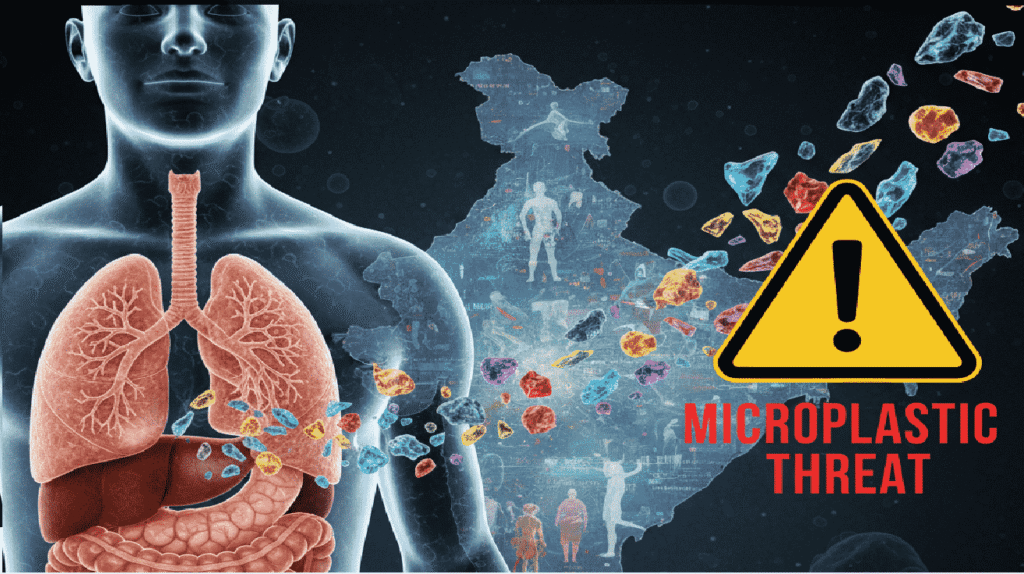Scientists have achieved a remarkable milestone by creating human eggs from skin cells—a scientific feat that could redefine reproductive medicine and offer hope to millions of infertile couples worldwide. This development, while still far from clinical use, raises profound medical, ethical, and societal questions, particularly for a country like India where infertility rates and demand for advanced fertility treatment are both rising.
The Breakthrough: Turning Skin Cells into Eggs
A research team at Oregon Health & Science University (OHSU) in the United States has demonstrated, for the first time, the ability to create functional human egg cells from ordinary adult skin cells. Using a technique called somatic cell nuclear transfer—the same process that led to the cloning of Dolly the sheep—the researchers removed the nucleus (which contains genetic material) from a skin cell and implanted it into a donor human egg cell whose own nucleus had been removed.
The challenge was to ensure that these engineered eggs contained only one set of 23 chromosomes, just like natural human eggs, rather than the 46 chromosomes found in normal body (somatic) cells. To accomplish this, the scientists induced a new process they called “mitomeiosis,” a method that mimics natural cell division. By applying an electrical pulse and a cycle-altering drug, the hybrid cell was prompted to shed half its chromosomes, setting the stage for fertilization.
In this proof-of-concept experiment, 82 such engineered eggs were fertilized in vitro with sperm. About 9% reached the critical “blastocyst” stage, where a hollow ball of cells forms—an important milestone in embryo development and the phase at which embryos are normally transferred to the uterus in IVF treatments. However, most eggs stopped dividing much earlier, and none of the embryos were implanted or grown further.
Safety Concerns and Scientific Hurdles
Despite its promise, the method is a long way from practical use. Researchers caution that the technique is currently inefficient and fraught with risks. Most eggs and embryos exhibited chromosomal abnormalities—such as having the wrong number of chromosomes, missing or duplicated chromosomes—which would make them unviable for healthy development. Experts unaffiliated with the study, like UK stem cell researchers, agree that more work is needed to refine the chromosome halving and ensure the engineered eggs’ genetic stability.
Furthermore, the transferred nuclei sometimes retained traces of “memory” from their skin-cell origin, meaning that the new eggs did not always behave as fully reprogrammed reproductive cells.
Ethical, Legal, and Societal Implications
This groundbreaking research opens crucial discussions well beyond the laboratory. If someday perfected for clinical use, the technique could enable women who have lost fertility due to age, illness, or cancer treatments to have children genetically related to them. It could theoretically even allow same-sex couples—such as two men—to have a child genetically related to both parents.
However, these advances come with significant ethical questions. Concerns include the potential for “designer babies,” unauthorized use of an individual’s genetic material (e.g., harvesting skin cells without consent), and the risk of experimentation on human embryos. Indian ethicists and policymakers stress that robust legal frameworks must be created long before such technologies are considered for clinical use domestically.
The Indian Context: Demand, Opportunity, and Challenge
India, home to one of the fastest-growing markets for assisted reproductive technology (ART), faces a unique intersection of demand and debate. An estimated 10-15% of married couples in India experience infertility, and the country already boasts hundreds of private IVF clinics serving both domestic and international patients. The social stigma surrounding infertility, especially for women, drives intense demand for the latest fertility interventions.
If laboratory-derived eggs ever become safe and reliable, they could revolutionize family planning options for millions of Indian women who cannot use their own eggs due to age, genetic disease, or cancer treatments. This is especially relevant as average maternal age in India, particularly in urban centers, continues to rise—heightening the risk of reduced egg quality and quantity.
Yet, India’s recent legal reforms on ART and surrogacy underscore growing awareness of the need for regulation. Indian experts and bioethicists caution that any clinical adoption of artificial gametes must be governed by strong oversight. There are also concerns about cost and equitable access; even traditional IVF remains out of reach for many Indian families due to high expense and lack of insurance coverage.
Future Prospects and Ongoing Research
The OHSU team acknowledges that at least a decade of further research is needed before their approach could be deemed safe for clinical trials—even in the highly regulated environment of the United States. Parallel research is ongoing in other countries, using different methods such as reverting adult cells back to stem cells and then coaxing them into egg or sperm cells—a strategy that has yielded success in mice but remains challenging in humans.
For India’s scientific community, the breakthrough presents both an opportunity and an imperative: to invest in basic research, foster ethical debate, and prepare the regulatory framework for a future where artificial gametes may become a reality.
Conclusion
Creating human eggs from skin cells marks a monumental advance in reproductive and cellular biology. While the technology is not yet ready for clinical application, its potential to transform infertility treatment is immense—especially in countries like India, where the burden and social cost of infertility remain high. That promise, however, is tempered by urgent ethical, legal, and social questions that mirror broader debates about biotechnology and the boundaries of human reproduction. As science forges ahead, so too must thoughtful public engagement and policymaking—ensuring that any future use of this innovation prioritizes safety, fairness, and the rights of all individuals.

